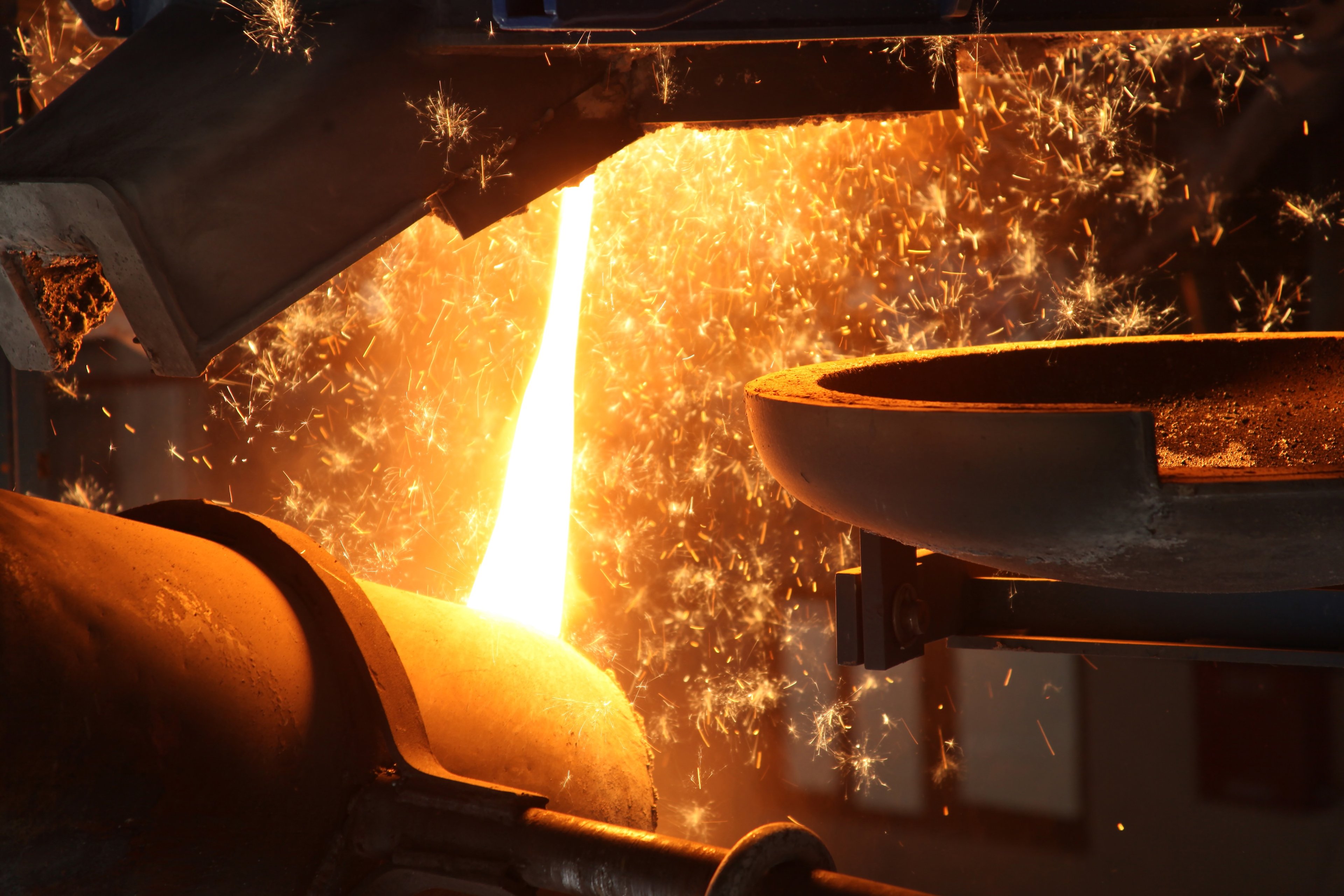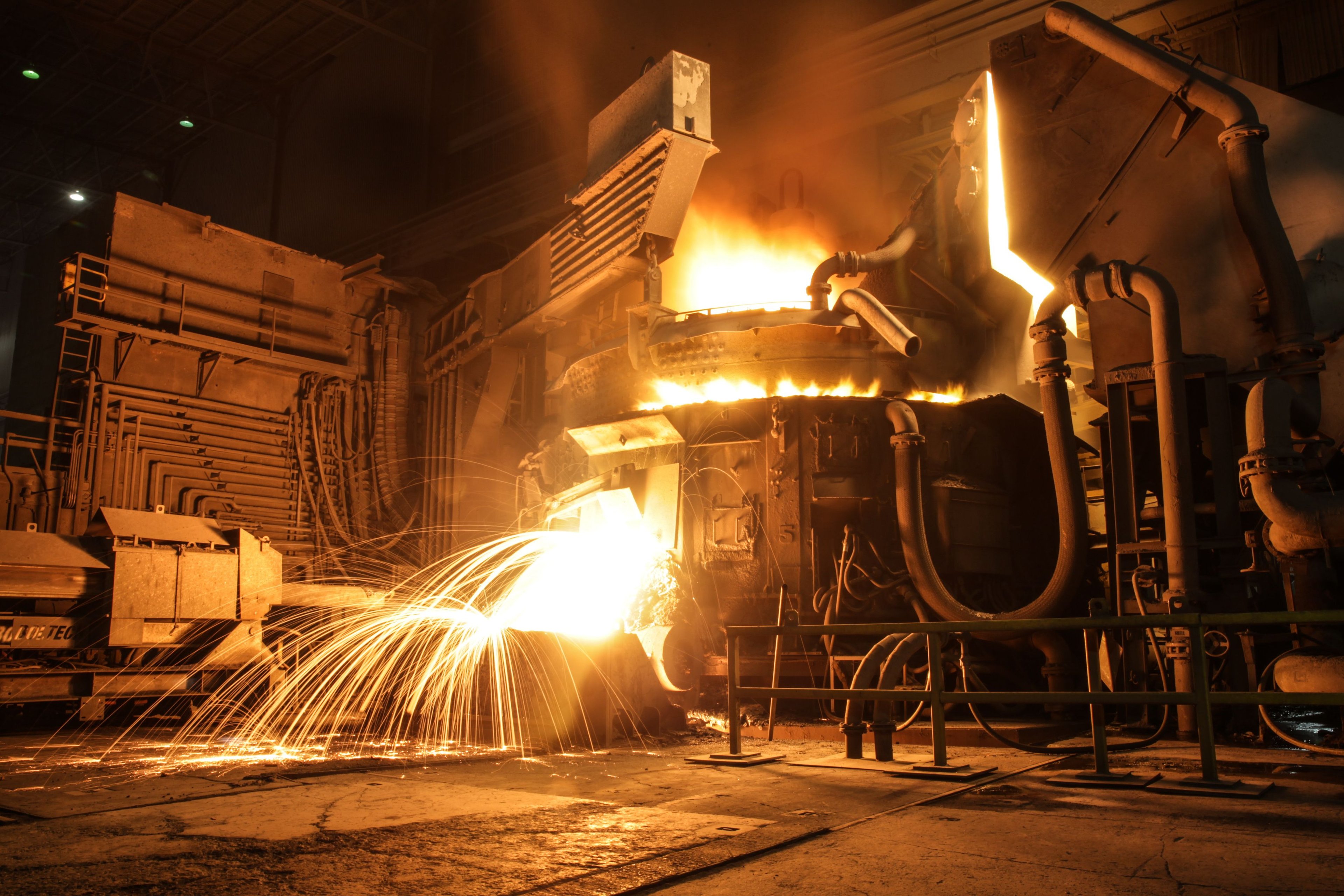When Steel Dynamics Inc (STLD +1.06%) reported third-quarter earnings in mid-October, it had a lot of good news to share with investors on its conference call. That's not too surprising given that the U.S. steel industry is benefiting from an economic upturn. However, there was one division that stood out, struggling at a time when the rest of the company was humming along. It's not the biggest business at Steel Dynamics, but management made a point of highlighting its troubles. Do investors need to worry?
A very good quarter
Steel Dynamics beat its own guidance by a penny in the third quarter, posting record earnings per share of $1.69. That came on top of record revenues of $3.2 billion. In addition to these records, the steel maker also reported record operating earnings and record EBITDA.

Image source: Getty Images
Looking at the results at a more granular level, the company had record steel shipments in the quarter of 2.8 million tons. It was also able to realize a roughly 6% increase is steel prices. Costs, meanwhile, were kept low, with scrap prices rising only 1%. The modest scrap cost increase, however, could be seen as a mixed blessing, since Steel Dynamics has a sizable recycling business of its own.
The business to watch
Steel Dynamics is built around electric arc steel mills. These are different from blast furnaces in that they are smaller and (to simplify things) easier to ramp up and down with demand. A big part of the flexibility is because electric arc mills make heavy use of scrap metal. Blast furnaces, on the other hand, use iron ore to make primary steel. The ability to use scrap metal is a huge cost benefit for Steel Dynamics.
That's one reason why the company has chosen to vertically integrate its business. By owning operations that provide the scrap metal it uses, it can better control its overall costs and, just as importantly, the availability of key inputs. This isn't a unique approach: Nucor Corporation (NUE 1.90%) also uses electric arc mills and is, perhaps surprisingly, the largest recycler in North America. The giant steel maker recycled an impressive 18.8 million tons of scrap steel in 2017, largely from junked cars. The goal of both companies is the same, however: ensuring that they have enough scrap to feed their furnaces. But they also sell that scrap and related recycled products to others.
Steel Dynamics' recycling business was a key highlight when it reported earnings, but not something that the larger Nucor spoke about at any length. In the press release, Steel Dynamics noted:
Earnings from our metals recycling platform declined in the quarter primarily as a result of our nonferrous operations, as shipments and commodity prices declined. In addition, China's decision to ban certain grades of recycled material has had a negative impact on nonferrous sales volume.
Putting a number on that during the conference call, CFO Theresa Wagler noted that income in the company's recycling business fell by $8 million in the quarter, a roughly 30% decline. But looked at in a larger context, this is a relatively small business for a company that generated over $3 billion in revenue in the quarter. And the company was able to use 65% of the ferrous scrap it produced in its own mills, which is the main justification for owning the scrap operations in the first place.
The fact that the non-ferrous portion of the business had such a major impact on the division's performance is notable, as is that fact that Chinese demand is enough of an issue that it needs to be brought up in a quarterly conference call, even though that mention was likely driven by the fact that the U.S. and China are currently in a trade spat. But the big takeaway here is that the overall financial impact on the entire company is tiny, and probably not worth fretting over, especially because of the overall benefit of owning the scrap business for the company's larger steel operations.
Don't sweat the small stuff
Steel Dynamics' business is performing really well right now, just like many of its peers. While the company made a point of highlighting weakness in its scrap division, driven by non-ferrous products, the impact was little more than a rounding error. What is more important for Steel Dynamics is that it continues to source a significant amount of its own scrap, helping to ensure access to a key input at competitive prices. Sure, the recycling business was a black spot on an otherwise great quarter, but not one you should be too concerned about.







